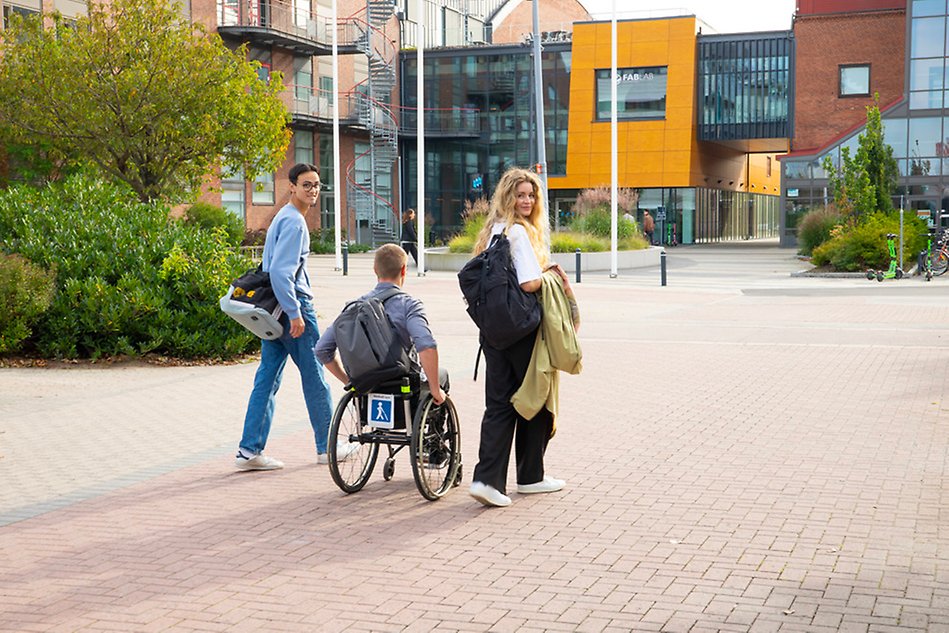Find your way on campus
Here you can find the University's interactive campus map, information about computer rooms, study places at the University library and other places on campus, parking spots in the area and where defibrillators are located.

Here you can find the University's interactive campus map, information about computer rooms, study places at the University library and other places on campus, parking spots in the area and where defibrillators are located.
